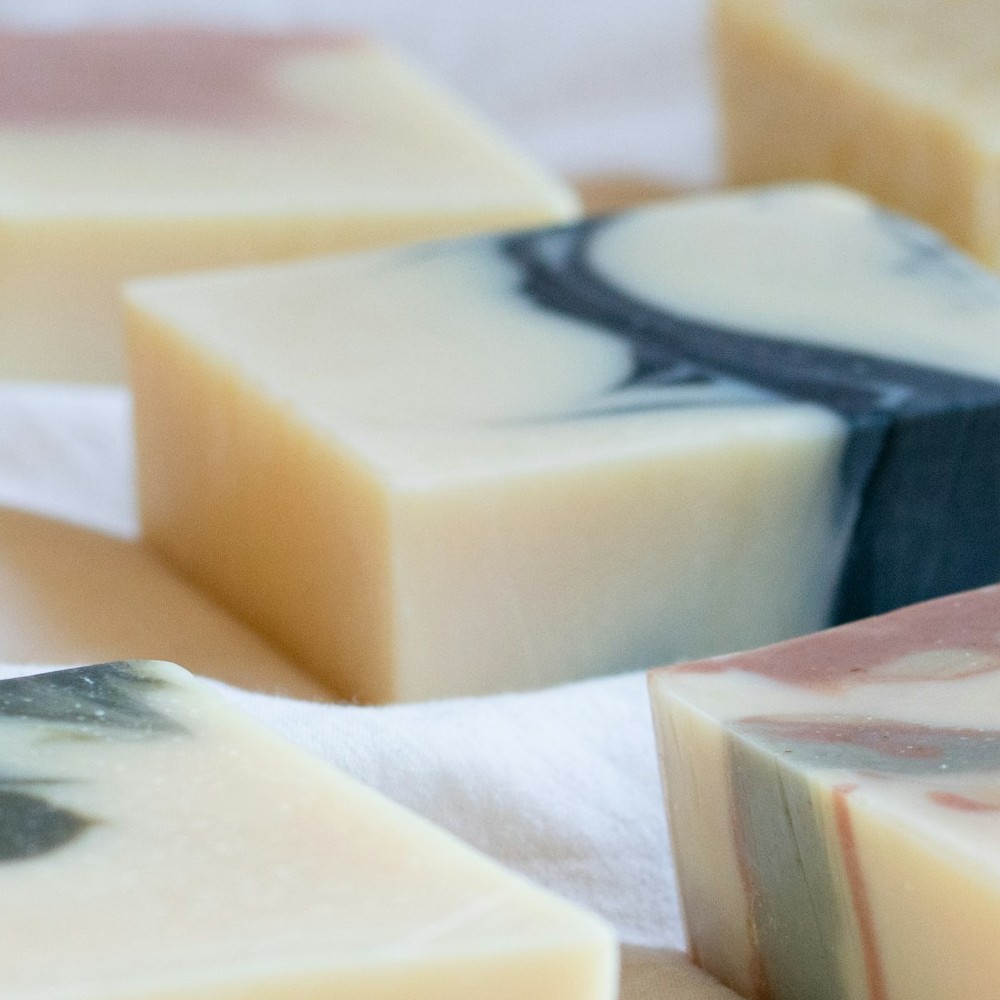Published:
“Clean beauty” has become more than just a trend. Consumers demand transparency, sustainability, and natural ingredients in their beauty products, so the industry has been racing to keep up. But behind the allure of “clean beauty” lies a complex web of supply chain problems and the threat of climate change. Creating beauty products that are truly clean is far from simple, as many brands and business owners are discovering.
The clean beauty movement stems from a growing desire for products that are free from harmful chemicals, ethically sourced, and environmentally friendly. Consumers, especially millennials and Gen Z, prioritize brands that reflect these values. According to a 2022 report by Statista, the global clean beauty market is projected to reach over $11 billion by 2027, highlighting just how rapidly consumer preferences are shifting towards more eco-conscious products. But meeting this demand isn’t just about using natural ingredients. It’s about tracing where these ingredients come from, ensuring no harmful practices, like deforestation, exploitation, or excessive carbon emission, are involved.
And this is where many brands run into problems. Take Julie Thurgood-Burnett, for example. During the COVID-19 lockdown, she turned a lavender patch on her family’s farm in Canada into a sustainable small business, Hereward Farms; however, even with the best intentions, Julie learned that sourcing her ingredients locally or sustainably was not simple. Despite her efforts to use only Canadian-sourced ingredients, she found that essential oils and dried flowers had to be imported from other countries, especially the U.S. For small, eco-friendly brands like hers, this is an all-too-common challenge. Many raw materials for clean beauty products are unavailable locally, forcing brands to look outside their region. This makes it harder to guarantee ethical practices, especially when climate change is causing increased disruptions to farming and global production.
While more giant beauty corporations often dominate the market, small, sustainable brands need help maintaining transparency, and tracing the origin of ingredients can be challenging. Arizona State University professor Dale Rogers explained that even when companies strive to source sustainably, once ingredients like palm oil are mixed with others, transparency is lost. For small brands, the task is even more daunting. They don’t always have the resources to demand answers from their suppliers, making it hard to ensure that their ingredients meet ethical standards. Rina Clarke, the founder of Buck Naked Soap Company, spent hours investigating the origins of ingredients, only to be “constantly disappointed” by what she found.
Certain scents and ingredients, like sandalwood, were simply off the table because sustainably sourcing them was impossible. As more brands chase eco-friendly labels, the risk of greenwashing—making false or exaggerated claims about sustainability—looms. According to research from TerraChoice, 98% of products marketed as “green” are guilty of some form of greenwashing, making it difficult for consumers to know which brands are truly environmentally friendly.
Adding to the complexity is the growing impact of climate change on global supply chains. Many natural ingredients, like lavender, argan oil, or sandalwood, depend on stable climates to thrive. But with increasing droughts, heatwaves, and extreme weather, crops are becoming less predictable and more expensive. CEO of supply chain mapping company Resilinc Bindiya Vakil noted that climate-fueled disruptions are hard-hitting businesses that rely on farmed ingredients. In fact, according to a report by the World Economic Forum, climate change could reduce global crop yields by 10-25% by 2050, a trend that will only add to the difficulties faced by the clean beauty industry.
These disruptions impact large-scale agriculture and small-scale farmers, which are critical to the clean beauty supply chain. As weather events become more erratic, farmers may face shorter growing seasons, reduced yields, or even the total loss of crops. This puts both the ingredient supply and the livelihoods of these farmers at risk. Even when brands navigate these hurdles, the increased costs are often passed down to consumers, making sustainably sourced beauty products less accessible to the average buyer.
Despite the odds, many clean beauty brands strive to meet sustainability goals. Entrepreneurs like Thurgood-Burnett, Clarke, and Razook refused to compromise their values, even if it meant higher costs, slower production, and more difficulties navigating the supply chain. They understand that clean beauty is not just about marketing; it’s about making a real difference for the planet and future generations. This also means that consumers need to play a role. To truly support the clean beauty movement, consumers must be willing to ask questions, understand the challenges, and be patient with brands working hard to be transparent and ethical. Sustainability often costs more, and as the impacts of climate change grow, these costs are likely to rise.
While it may be difficult for clean beauty brands to achieve all their sustainability goals, the movement is still evolving. And with continued innovation, responsible sourcing, and consumer awareness, the future of clean beauty could be beautiful!
File under






